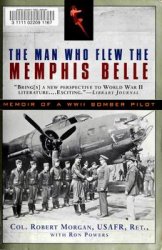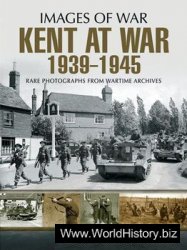Toward the close of the 18th century and the beginning of the 19th century, evangelical Christians developed the camp meeting as a means to generate enthusiasm for religion and to gain converts to their particular brand of Christianity. The camp meeting built upon the outdoor preaching of revivalists such as George Whitefield, which began in the 1740s. But the camp meeting often lasted for days and included much more participation by the audience. Camp meeting organizers encouraged testimonials by individuals struck by the power of God without respect to age, gender, or even race. Physical displays and body contortions, as well as boisterous exclamations, were also a part of the camp meeting. Special sections were set aside for those whose souls were ready to be transformed.
Camp meetings were controversial. In the United States Methodists such as Bishop Francis Asbury believed that camp meetings were “The Battle ax and weapon of war” that would “break down walls of wickedness, part hell, superstition, false doctrines.” In England camp meetings were deplored by Methodists who saw the disorder and popular activism of camp meetings as threatening. Conservatives in the United States also decried camp meetings because of what they saw as shallow enthusiasm, mixing of different types of people, a perceived sexual licentiousness, and “the air of a cell in Bedlam” that seemed to dominate the proceedings.
Whatever the objections, the camp meeting worked for many evangelicals and had a special appeal to the rural population of much of the United States as a way of gathering souls together by the thousands and gaining new converts to a Christianity that emphasized personal conversion and a democratic, nonceremonial church that reflected the ideals of equality.
Further reading: Nathan O. Hatch, The Democratization of American Christianity (New Haven, Conn.: Yale University Press, 1989).




 World History
World History









